Oct. 10
We woke up, completely refreshed and ready for the day
. Morris collected all the dirty clothes we had accumulated from the week before and then we sat down to another meal that Joseph had prepared.
After breakfast Joseph called Harrison, who arrived in his Tuk Tuk, to take the three of us into the little town of Watamu to pick up some groceries, get some local money and charge the WIFI device that Joseph was letting us use, as there was no normal WIFI at Ruby Hall.
We spent the rest of the day hanging out at the house, watching the Presidential debate and playing games. We had made a reservation to have dinner back at the Crab Shack and headed over there in the late afternoon. As we approached the wooden bridge, we met a villager who offered to take on a boat ride on the lagoon in his Dhow. The price was right so we scheduled our ride for the next morning.
The setting of the Crab Shack was really hard to beat but, unfortunately, our entrees were disappointing and quite expensive, relatively speaking
. For appetizers, I had more samosas and Bill had oysters and those were delicious. For our main dish, I had giant grilled prawns and Bill had seafood spaghetti, neither of which held a candle to the meals Joseph had prepared so, we decided to stick with the sure bet and were, definitely, not disappointed for the rest of our stay. Once again, Richard met us at the bridge to take us home….so with our trusted bodyguard, Morris doing our laundry and Joseph preparing wonderful meals and arranging for transportation, when needed, we felt very well taken care of.
The next morning we met the villager at the bridge and sloshed through the muddy path to where his Dhow was waiting for us. As we pulled away from the shore we had a great view of the Crab Shack from the lagoon. We spent the next several hours gliding through the peaceful waters of the lagoon of Mida Creek, a broadwater tidal creek, which is 32 KM2, and is surrounded by extensive mangroves and lined with palms. It has healthy beds of seagrass and corals and is home to many species of fish and turtles
. With its tangle of mangroves, small streams and inlets, it provides refuge to crabs and a myriad of birdlife.
Migratory birds utilize Mida Creek as a stopover point, and it's essential to their survival. Together with Arabuki-Sokoke Forest, Mida Creek forms a UNESCO Biosphere Reserve comprised of different types of habitats that are influenced by the tides, mud flats, sand flats, open shallow waters and mangroves.
During our excursion we saw much of the birdlife including ibis, egrets and king fish. We also passed by a number of fishermen who were pulling in their vast nets, filled with hundreds of a small fish that the locals use for food but not for sale commercially. When we reached the other side of the lagoon, our guide pulled up onto the shore of a small and very primitive village, where the villagers lived off the land and the fish from the lagoon. Our guide, Sammie was from this village and we spent a little time walking around what was, basically, a cluster of little huts and marveled at how time seemed to have stopped in this idyllic setting.
On our way back to Debaso, our guide would, periodically, pull in very close to the mangroves that grew densely all along the shore of the lagoon. Many of the roots of the mangroves were covered with some kind of sea life that the villagers harvested for their consumption.
What a wonderful and relaxing way to spend the morning. We came home, took a refreshing cool shower and then had another one of Joseph’s delicious lunches. Once again, we spent the rest of the day just hanging out which was a nice change of pace from the excitement of the safari and the hours of driving over bumpy dirt roads.
UNWINDING IN PARADISE
Tuesday, October 10, 2017
 Watamu, Kenya
Watamu, Kenya
Other Entries
-
40SENSORY OVERLOAD
Sep 11394 days prior Istanbul, Turkeyphoto_camera31videocam 0comment 9
Istanbul, Turkeyphoto_camera31videocam 0comment 9 -
41TAKSIM SQUARE AND THE POTATO SEARCH
Sep 12393 days prior Istanbul, Turkeyphoto_camera34videocam 0comment 3
Istanbul, Turkeyphoto_camera34videocam 0comment 3 -
42MAYBE THIS IS WHAT IT LOOKS LIKE ON THE MOON
Sep 13392 days prior Nevsehir, Turkeyphoto_camera29videocam 1comment 6
Nevsehir, Turkeyphoto_camera29videocam 1comment 6 -
43DAY TWO - CAPPADOCIA
Sep 14391 days prior Nevsehir, Turkeyphoto_camera32videocam 0comment 5
Nevsehir, Turkeyphoto_camera32videocam 0comment 5 -
44LAST TWO DAYS IN ISTANBUL
Sep 15390 days prior Istanbul, Turkeyphoto_camera29videocam 0comment 3
Istanbul, Turkeyphoto_camera29videocam 0comment 3 -
45CAIRO AND OUR FABULOUS NILE RIVER CRUISE
Sep 17388 days prior Cairo, Egyptphoto_camera24videocam 0comment 5
Cairo, Egyptphoto_camera24videocam 0comment 5 -
46OUR NILE EXCURSION CONTINUES
Sep 19386 days prior Luxor, Egyptphoto_camera35videocam 0comment 6
Luxor, Egyptphoto_camera35videocam 0comment 6 -
47VALLEY OF THE KINGS
Sep 20385 days prior Luxor, Egyptphoto_camera34videocam 0comment 8
Luxor, Egyptphoto_camera34videocam 0comment 8 -
48EDFU AND KOM OMBO
Sep 21384 days prior Aswān, Egyptphoto_camera36videocam 0comment 5
Aswān, Egyptphoto_camera36videocam 0comment 5 -
49OUR LAST FULL DAY ON THE NILE EXCURSION
Sep 22383 days prior Aswān, Egyptphoto_camera32videocam 0comment 4
Aswān, Egyptphoto_camera32videocam 0comment 4 -
50THE AIRPORT FIASCO
Sep 23382 days prior Addis Ababa, Ethiopiaphoto_camera23videocam 0comment 4
Addis Ababa, Ethiopiaphoto_camera23videocam 0comment 4 -
51THE MESKEL FESTIVAL
Sep 26379 days prior Addis Ababa, Ethiopiaphoto_camera29videocam 4comment 1
Addis Ababa, Ethiopiaphoto_camera29videocam 4comment 1 -
52THE ASTOUNDING CHURCHES OF LALIBELA
Sep 28377 days prior Lalibela, Ethiopiaphoto_camera42videocam 0comment 2
Lalibela, Ethiopiaphoto_camera42videocam 0comment 2 -
53OUR NEW SON
Sep 29376 days prior Lalibela, Ethiopiaphoto_camera39videocam 1comment 4
Lalibela, Ethiopiaphoto_camera39videocam 1comment 4 -
54BACK TO ADDIS ABABA
Sep 30375 days prior Addis Ababa, Ethiopiaphoto_camera30videocam 3comment 2
Addis Ababa, Ethiopiaphoto_camera30videocam 3comment 2 -
55FINALLY.....THE ANIMALS!!!!
Oct 03372 days prior Nairobi, Kenyaphoto_camera51videocam 2comment 6
Nairobi, Kenyaphoto_camera51videocam 2comment 6 -
56MORE SAFARI THEN BACK TO NAIROBI
Oct 064 days prior Lake Nakuru National Park, Kenyaphoto_camera35videocam 0comment 1
Lake Nakuru National Park, Kenyaphoto_camera35videocam 0comment 1 -
57FABULOUS HOME EXCHANGE IN DEBASO, KENYA
Oct 091 day prior Malindi, Kenyaphoto_camera29videocam 0comment 5
Malindi, Kenyaphoto_camera29videocam 0comment 5 -
58UNWINDING IN PARADISE
Oct 10 Watamu, Kenyaphoto_camera25videocam 0comment 3
Watamu, Kenyaphoto_camera25videocam 0comment 3 -
59THE GEDI RUINS
Oct 122 days later Gede, Kenyaphoto_camera12videocam 0comment 0
Gede, Kenyaphoto_camera12videocam 0comment 0
Comments
2025-05-22
Comment code: Ask author if the code is blank

 Watamu, Kenya
Watamu, Kenya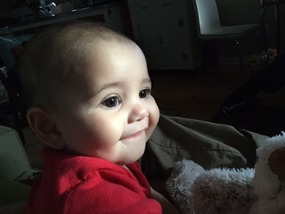
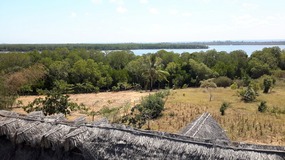
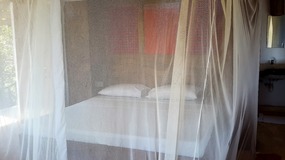





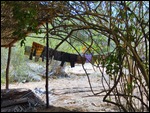

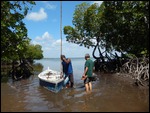
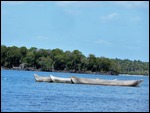
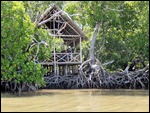

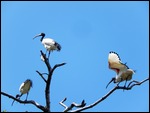
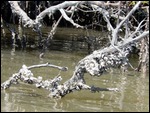
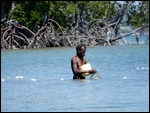
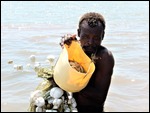
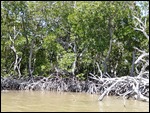
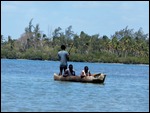

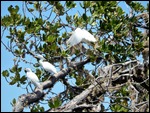
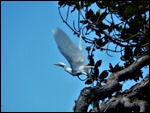
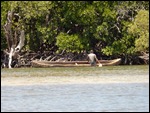
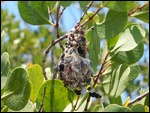
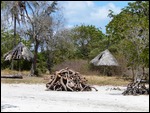
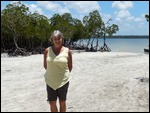
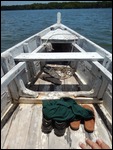
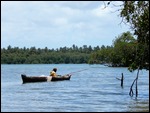
Annie
2017-05-25
Great information sissy
Dave Colson
2017-05-25
Looking good, you crazy kids..!!
Dave Colson
2017-05-25
Looking good, you crazy kids..!!